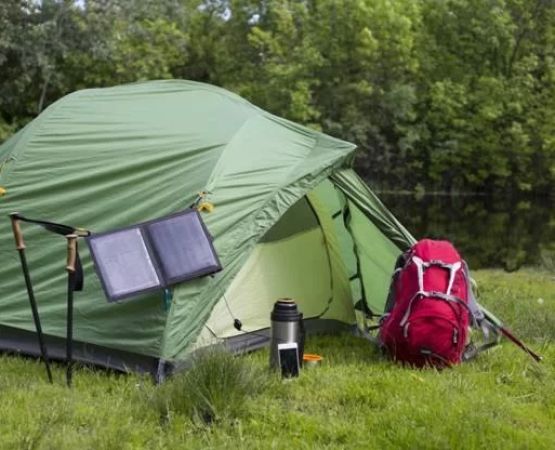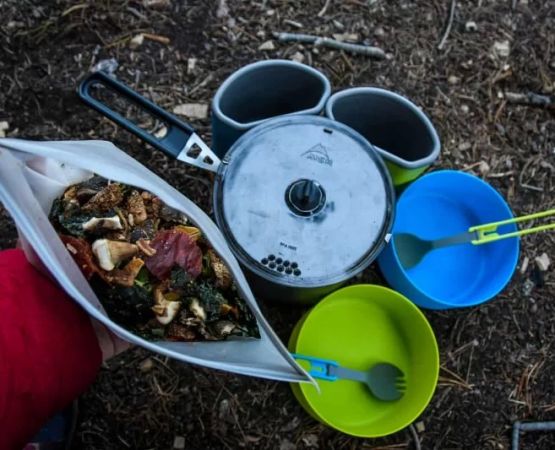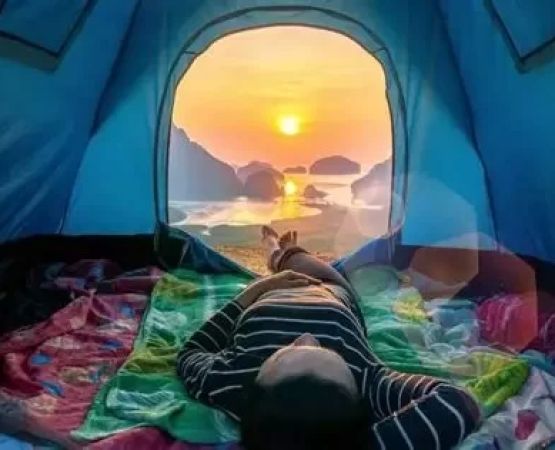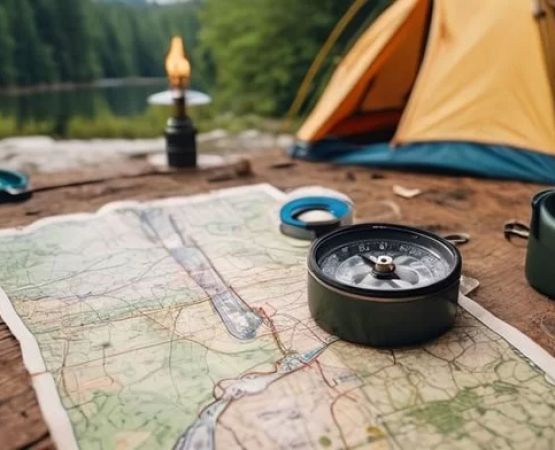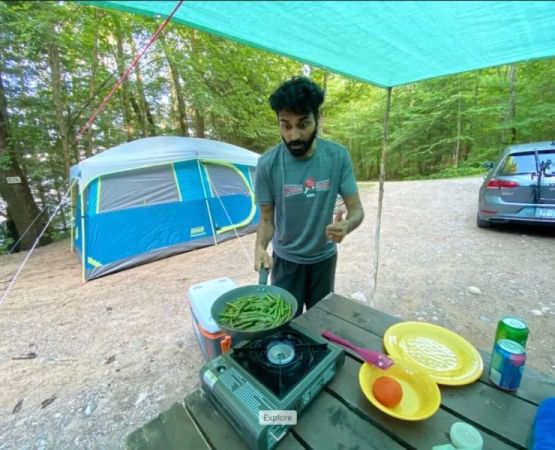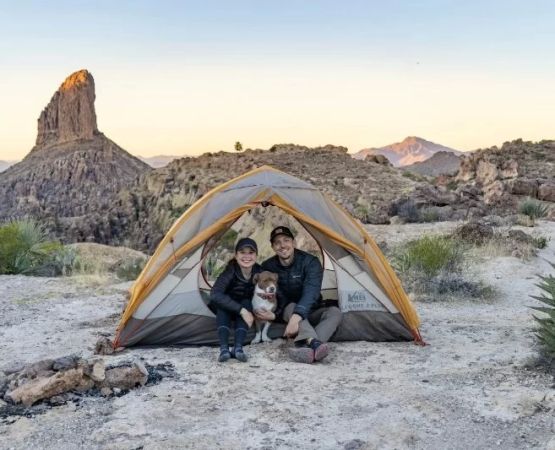Emergency Communication Tips While Camping in the U.S.
As someone who has camped across the wild expanses of the U.S.—from the misty forests of the Pacific Northwest to the sun-scorched deserts of Arizona—I’ve learned firsthand that communication is not just a convenience when you're off-grid, it's a lifeline. Whether you're a seasoned camper or planning your very first trip, knowing how to communicate effectively during emergencies can make all the difference.
1. Understanding the Risks of Being Disconnected
One crisp autumn, deep in Colorado’s San Juan Mountains, I found myself without cell service and a twisted ankle. That was the moment I realized how critical a solid communication plan could be. Most campsites in national parks and remote forests lack reliable cell coverage. Wild weather, wildlife encounters, and unexpected injuries can happen, and being unable to call for help is a risk no one should take lightly.
2. Always Inform Someone Before You Go
This might sound basic, but it's a step too many people skip. I now always email or text a detailed itinerary—including trail names, campsites, and expected return time—to a friend or family member. In one case, a friend failed to return from a weekend hike, and because she had left her route with someone, search and rescue found her within 12 hours. This simple step can be life-saving.
3. Equip Yourself with the Right Communication Tools
3.1 Satellite Messengers and Personal Locator Beacons (PLBs)
When I camp in remote areas, I carry a Garmin inReach Mini. This device allows me to send text messages via satellite and includes an SOS function that alerts emergency responders. PLBs, like the ACR ResQLink, serve a similar purpose but are even more robust in emergencies. Once activated, they send your GPS coordinates to rescue services—no subscription required.
3.2 Two-Way Radios
For trips where our group splits up—for fishing, hiking, or exploring—I pack a set of high-powered two-way radios. These are perfect for communication within a few miles, especially in areas with difficult terrain. They’ve helped us regroup more times than I can count.
3.3 Offline Communication Apps
Apps like Zello or Bridgefy, which work via Bluetooth or Wi-Fi mesh networks, are great for more tech-savvy campers. These apps turn your phone into a walkie-talkie, even when there’s no cell signal. They came in handy during a group trip in Yosemite when we got separated on a trail.
4. Learn Basic Emergency Signals
Not every emergency will allow you to use your gadgets. I once helped rescue a stranded hiker who used a mirror to signal SOS (three short, three long, three short flashes) from a cliffside. Whistles, flashlights, and even smoke can also be used to attract attention. Always carry a whistle—it’s light, and three sharp blasts is the universal distress signal.
5. Establish Communication Protocols Within Your Group
We have a rule in our group: check-in every two hours when separated. If someone doesn’t respond within 15 minutes, we meet at a pre-designated spot. These simple protocols have kept us connected and safe, especially when exploring larger, spread-out sites like Yellowstone or Big Bend.
6. Understand and Respect Local Regulations
Some parks have restrictions on radio frequencies or drone use for signaling. Before heading out, I always check the official website or call the park office. Following these rules ensures you don’t interfere with emergency services or other campers.
7. Practice Makes Prepared
We often do dry runs—simulating emergencies during day hikes. Once, we timed how fast we could set up the emergency beacon and get coordinates out. Practicing with your equipment and protocols in a low-stress environment means you’ll be more effective when it counts.
8. A Real Story from the Trail
Last summer in the Great Smoky Mountains, a sudden thunderstorm trapped us on a ridge. Visibility dropped, and panic set in among some newer hikers. Thanks to our two-way radios and a pre-planned rendezvous point, we regrouped safely within 30 minutes. That experience cemented for me how crucial communication is—not just for emergencies, but for peace of mind and group morale.
9. Stay Updated with Weather and Alerts
Carrying a NOAA weather radio or an app with offline emergency alerts can keep you ahead of dangerous weather. I once avoided a flash flood in Utah because of an early warning from a fellow camper using a portable radio. Staying informed is often the best way to stay safe.
Why It Matters
Camping in the U.S. offers breathtaking experiences—from glacier lakes in Montana to red rock canyons in Utah. But with great beauty comes great responsibility. Emergency communication should be as much a part of your packing list as your tent or boots. Trust me—being prepared is what turns a potential crisis into just another campfire story.
Planning your next outdoor adventure? Come visit us at Pine Cliff Resort for expert guidance, the best gear recommendations, and the peace of mind that comes with being truly prepared.


